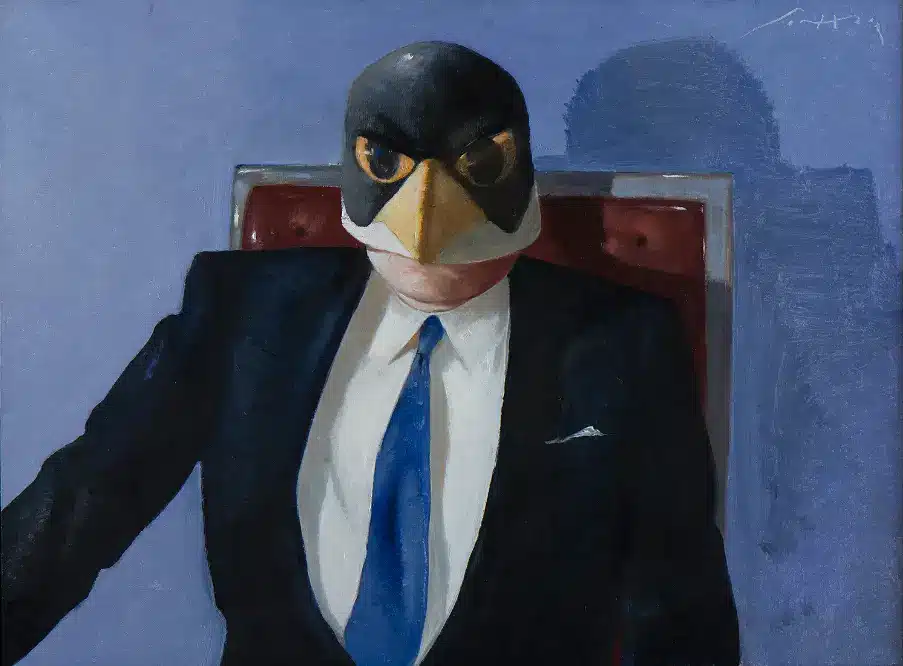Alejandro Obregón (1920-1992) is, for many experts, the artist who opened the doors to artistic modernity in Colombia. Not in vain, art critic Marta Traba would describe him as the “first individual capable of expressing himself within a new totally pictorial system” and as the first modern painter in the country; visionary forecast that caused wide debates in the sixties and seventies, but which is today an undeniable statement.
Obregon’s career, which spanned almost six decades, would take us from his Winter in Boston (1936), painted when he was still a teenager, to his unfinished Self-Portrait with Diego (1992), a painting that he created, despite his loss of vision of the almost 90%, when death surprised him in April of that same year. Meanwhile, his visual and symbolic universe would collect not only the harsh reality of his time with such iconic pieces as Massacre April 10 (1948), Dead Student (1956) or Violence (1962), but there would be in his works a wide spectrum of manifestation of the exuberance and ferocity of the Colombian land, as imposing and beautiful as it is resistant.
In OBREGÓN: counterpoint between intuition and intention, the bestiary of the so-called “Wizard of the Caribbean” comes to life once again, so that imposing condors, bulls, owls, owls, barracudas, roosters and many other species that keep watch appear before our eyes his presence in the weighed tumult of Obregonian shapes and colors, while at the same time he presents us in his pieces with an anticipated conception of contemporary landscape, which is simultaneously open and closed, but which, more than a place, is emotion and symbolic power.
Throughout hundreds of pieces, Obregón knew how to derive and find his own language, but more than anything he knew how to dialogue with his social and political context without losing the autonomy and vigor of his plastic exploration. Her pieces, pioneers in a kind of mestizo expressionism, managed to link in an impeccable symbiosis her Hispanic-Caribbean cultural heritage and her formal learning and concerns, which consolidated her presence in the global artistic dialogue that Marta Traba predicted. Being a painter fully aware of the craft and a sharp, intuitive and intentional colorist, Obregón bequeathed us a painting that is gesture, strength and action, but at the same time refinement, expertise and endless source of silent emotion and pictorial poetry.
Laura Páez
Historiadora de Arte





